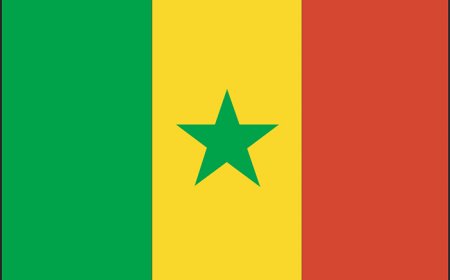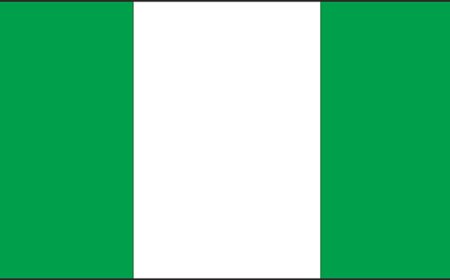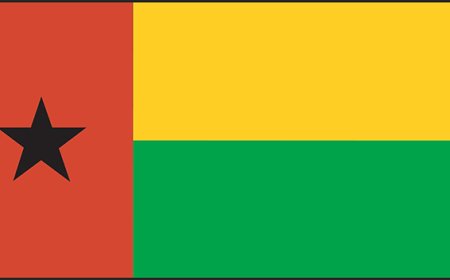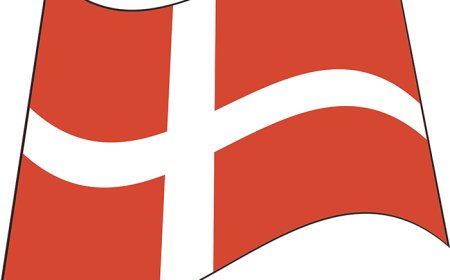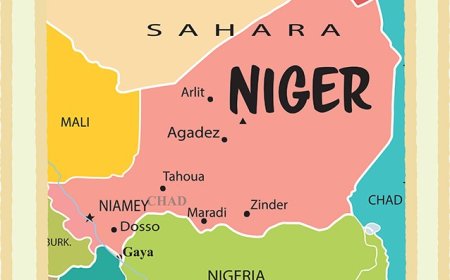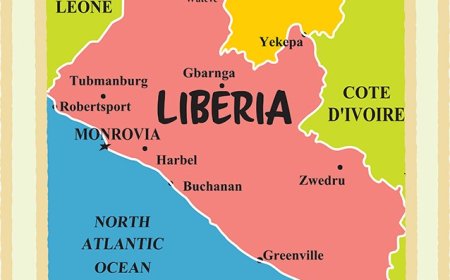Sudan for Students: Geography, History, and Culture of a Nile Valley Nation
Discover the geography, ancient kingdoms, and cultural traditions of Sudan in this student-focused article. Includes vocabulary, quiz, and national standards alignment.
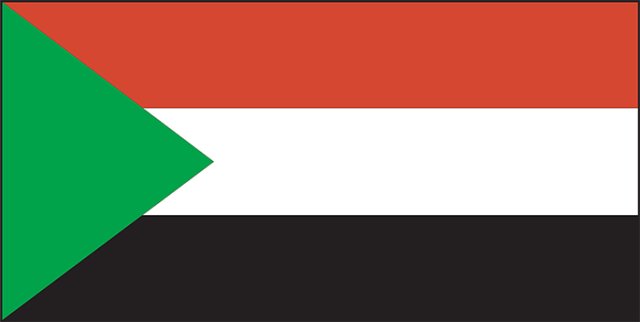
🌍 Introduction: A River of History
Sudan is a country located in northeast Africa, bordered by Egypt to the north and touched by the waters of the Nile River, one of the most important rivers in the world. With deserts, mountains, and fertile valleys, Sudan has been home to ancient civilizations, powerful kingdoms, and many cultural traditions.
Once the largest country in Africa, Sudan split in 2011 when South Sudan became an independent nation. Today, Sudan continues to build its future while remembering its past, from ancient Nubian pyramids to bustling cities like Khartoum, the capital. The story of Sudan is one of change, challenge, and deep cultural roots.
🗺️ Geography and Environment
Sudan is the third-largest country in Africa today, covering around 1.86 million square kilometers (718,000 square miles). It borders Egypt, Libya, Chad, the Central African Republic, South Sudan, Ethiopia, and Eritrea. To the northeast, Sudan also has a coastline along the Red Sea.
The Nile River is Sudan’s most important natural feature. In fact, two branches—the White Nile and the Blue Nile—meet in Khartoum, Sudan’s capital, to form the main Nile River that flows north into Egypt. This river supports farming, fishing, and transportation in a mostly dry land.
Much of Sudan is made up of deserts and semi-arid plains, with the Sahara Desert in the north and savanna grasslands in the south. Rainfall is limited and mostly seasonal. In the east, the Red Sea Hills rise along the coast, and in the south, the land becomes more fertile with a tropical savanna climate.
Because of the limited water supply, most people live along the Nile or in areas where rivers and underground wells make farming possible.
🏛️ Government, Language, and Population
Sudan is officially known as the Republic of the Sudan. It has experienced a number of political changes in recent decades, including civil wars, military governments, and protests for democracy. In 2019, after months of public demonstrations, Sudan’s longtime president was removed from power. Since then, the country has been working toward building a civilian government, although progress has been slow and sometimes unstable.
The population of Sudan is around 46 million people. The largest city is Khartoum, which lies at the meeting point of the Blue and White Nile. Sudan’s people are very diverse, with more than 500 ethnic groups and languages spoken across the country.
The official languages are Arabic and English, and most Sudanese people follow Islam, mainly the Sunni tradition. Arabic is used in government and media, while English is often used in education and business.
The official currency is the Sudanese pound (SDG).
🎭 Culture and Daily Life
Sudanese culture blends Arab, African, and Islamic traditions. Music, dance, and poetry are important forms of expression, and storytelling is a treasured tradition passed down through generations. Sudanese people often live in extended families and place great value on hospitality and community life.
Traditional clothing varies by region but often includes long robes and headscarves. Men may wear a jalabiya, a loose white robe, while women may wear a toob, a colorful wrap worn over a dress. In urban areas, modern clothing is also common.
Food in Sudan reflects both African and Arab influences. Popular dishes include ful medames (mashed fava beans), kisra (a type of sour flatbread), and tagine-style stews. Tea and coffee are widely enjoyed, often served with cardamom or ginger.
In rural areas, many people farm or raise animals, while city life includes schools, markets, and mosques.
📜 History: From Nubia to Modern Times
Sudan has one of the oldest and richest histories in Africa. In ancient times, it was home to the Kingdom of Kush, also known as Nubia. This civilization built pyramids, temples, and cities along the Nile and once ruled both Sudan and Egypt. The Nubian people had their own language and art and traded gold, ivory, and goods with other civilizations.
Later, Sudan became part of the Islamic world through Arab migration and conquest in the 7th century. Islamic kingdoms like Alodia and Sennar grew along the Nile. In the 1800s, Egypt and Britain took control of Sudan, and the country remained a colony until gaining independence in 1956.
After independence, Sudan faced many difficulties, including civil wars between the mostly Muslim north and the mostly Christian and animist south. This led to the creation of South Sudan in 2011. Since then, Sudan has worked to build peace and move toward democracy, though it still faces political and economic struggles today.
💰 Economy and Resources
Sudan’s economy is based on agriculture, natural resources, and trade. The Nile River makes it possible to grow crops like sorghum, millet, wheat, and vegetables, while in the southern areas, farmers grow peanuts, cotton, and gum arabic, a product used in soft drinks and medicine.
Sudan also has valuable natural resources, including gold, oil, and natural gas. However, when South Sudan separated in 2011, Sudan lost much of its oil fields, which affected its economy deeply. Today, Sudan is focusing more on farming and mining.
The country faces many challenges, including poverty, inflation, and limited infrastructure, but international aid and internal reforms are helping the country recover and modernize.
🌿 Wildlife and Natural Wonders
Sudan is home to a range of ecosystems, from desert to grassland to tropical river valleys. In the northern deserts, wildlife includes camels, desert foxes, snakes, and scorpions. In the south, you’ll find more biodiversity, including gazelles, antelope, baboons, crocodiles, and many species of birds.
The Dinder National Park, near the Ethiopian border, is one of Sudan’s largest protected areas. It is home to a variety of animals, including lions, leopards, and monkeys. Along the Red Sea, coral reefs and marine life attract researchers and divers.
Because of past conflicts, some wildlife populations have declined, but conservation efforts are growing.
📚 Vocabulary List
Word Definition
Nubia An ancient civilization in Sudan known for pyramids and trade
Jalabiya A long robe worn by Sudanese men
Toob A traditional wrap worn by Sudanese women
Savanna A grassland region with scattered trees
Independence Freedom from control by another country
Inflation A rise in prices that makes money worth less
Refugee A person who leaves their home due to war or danger
Gum arabic A plant product used in food and medicine
Dinder A national park in eastern Sudan
Civil war A war between groups within the same country
🧒 Kid-Friendly Summary
Sudan is a large country in northeast Africa where two branches of the Nile River come together. Long ago, it was home to the powerful Kingdom of Kush, with pyramids and cities along the river. Today, Sudan is a country with many cultures, languages, and traditions. People grow food along the Nile, wear colorful clothing, and drink spicy tea. The desert in the north and grasslands in the south make Sudan a land of contrasts. It has faced wars and struggles but is working toward peace and a better future.
🎯 Quiz: What Do You Know About Sudan?
1. What two rivers meet in Khartoum to form the Nile?
a) Amazon and Tigris
b) White Nile and Blue Nile
c) Congo and Niger
d) Ganges and Euphrates
2. What ancient civilization was located in Sudan?
a) Mayan
b) Nubian
c) Aztec
d) Viking
3. What is Sudan’s capital city?
a) Omdurman
b) Juba
c) Cairo
d) Khartoum
4. What kind of traditional robe is worn by Sudanese men?
a) Kimono
b) Poncho
c) Jalabiya
d) Djellaba
5. What product made from tree sap is an important export in Sudan?
a) Gum arabic
b) Cocoa
c) Cinnamon
d) Turmeric


















































